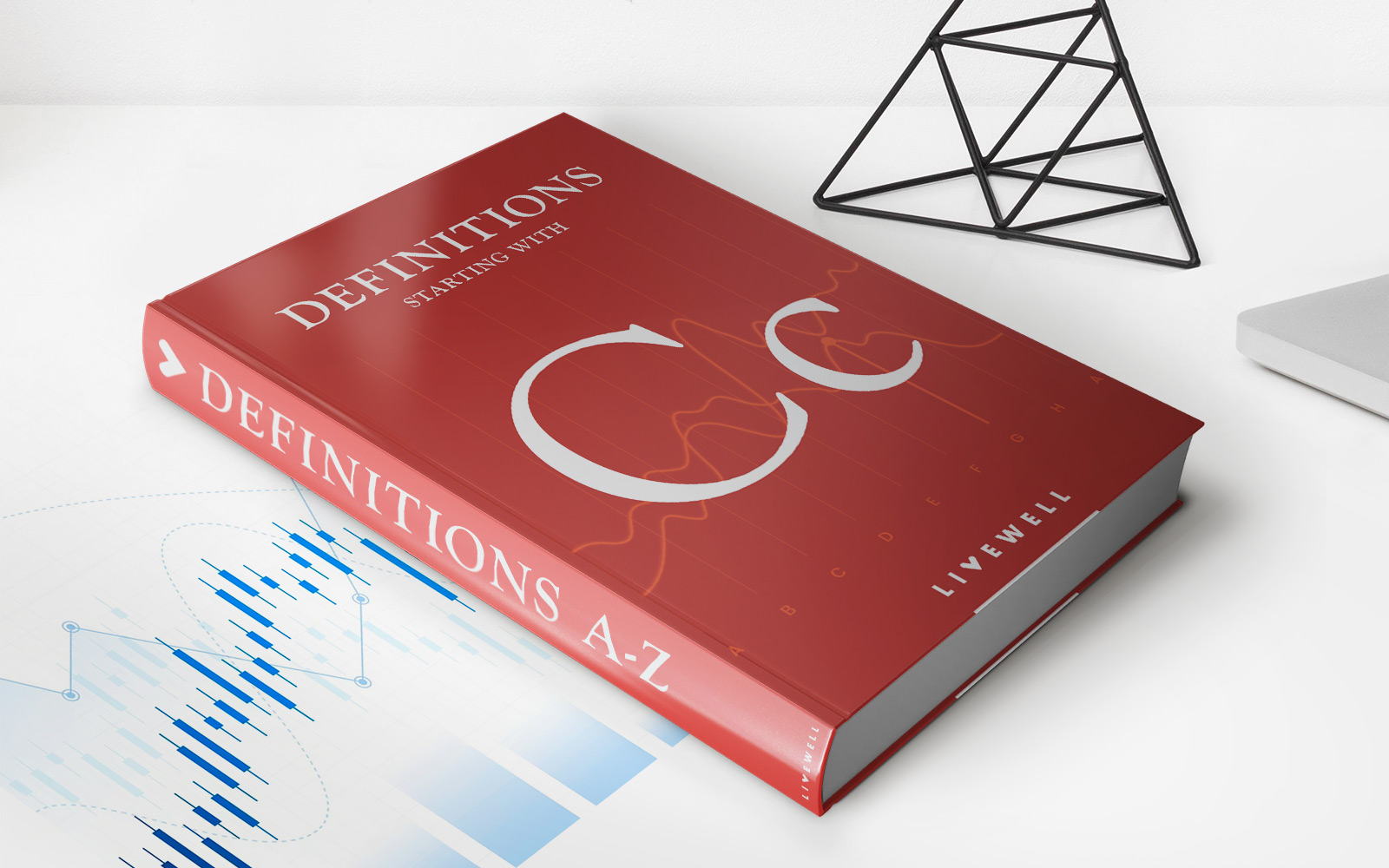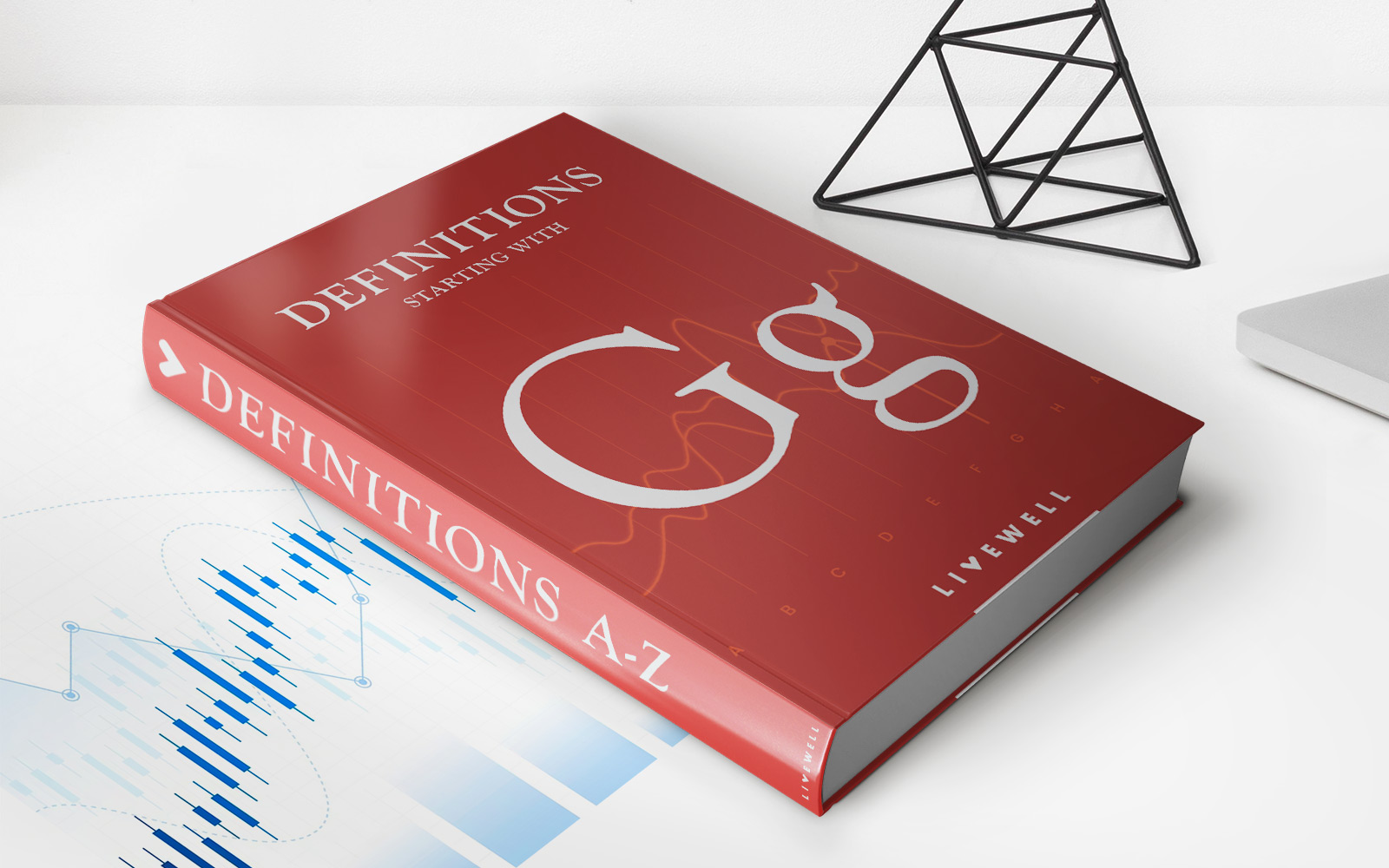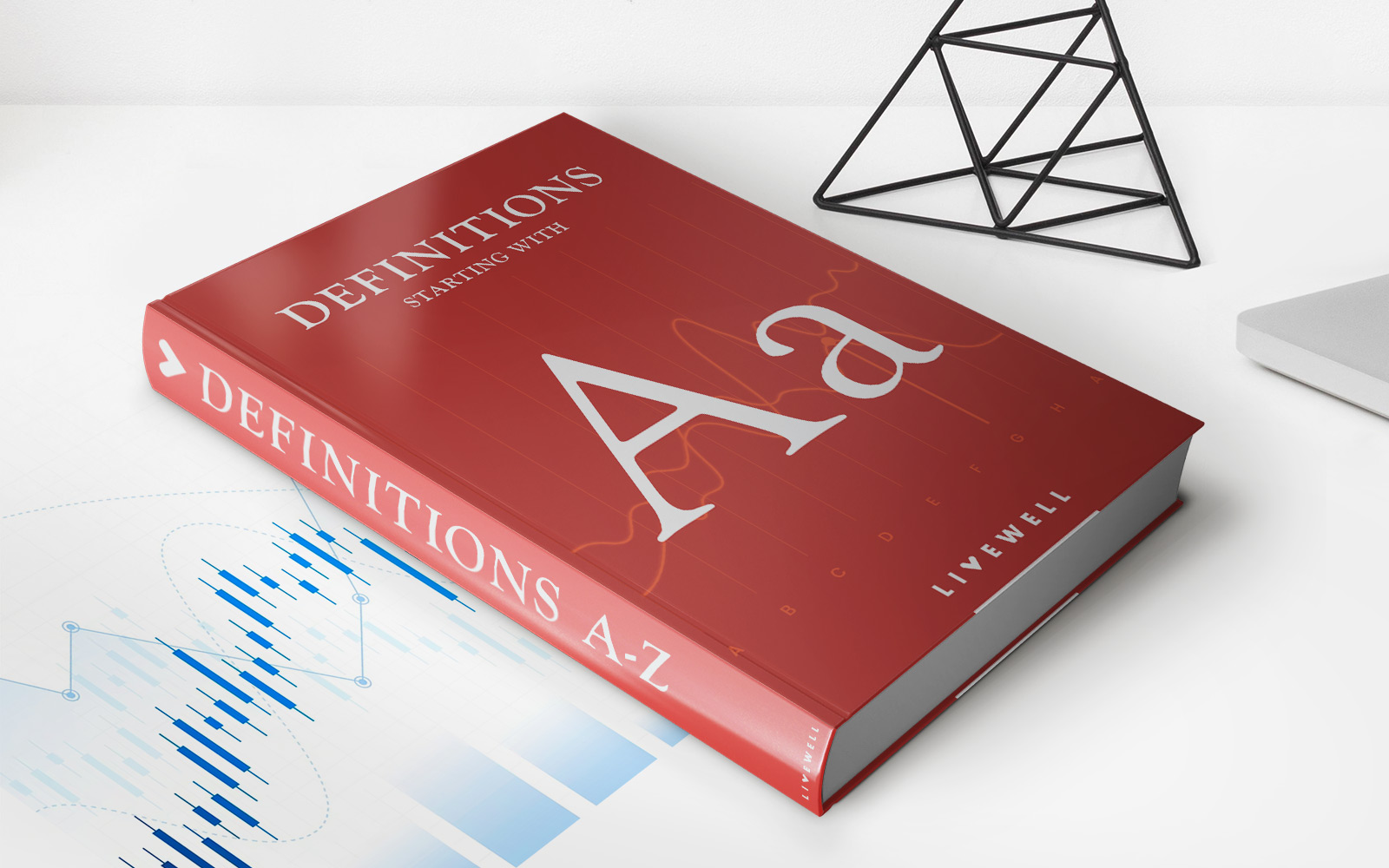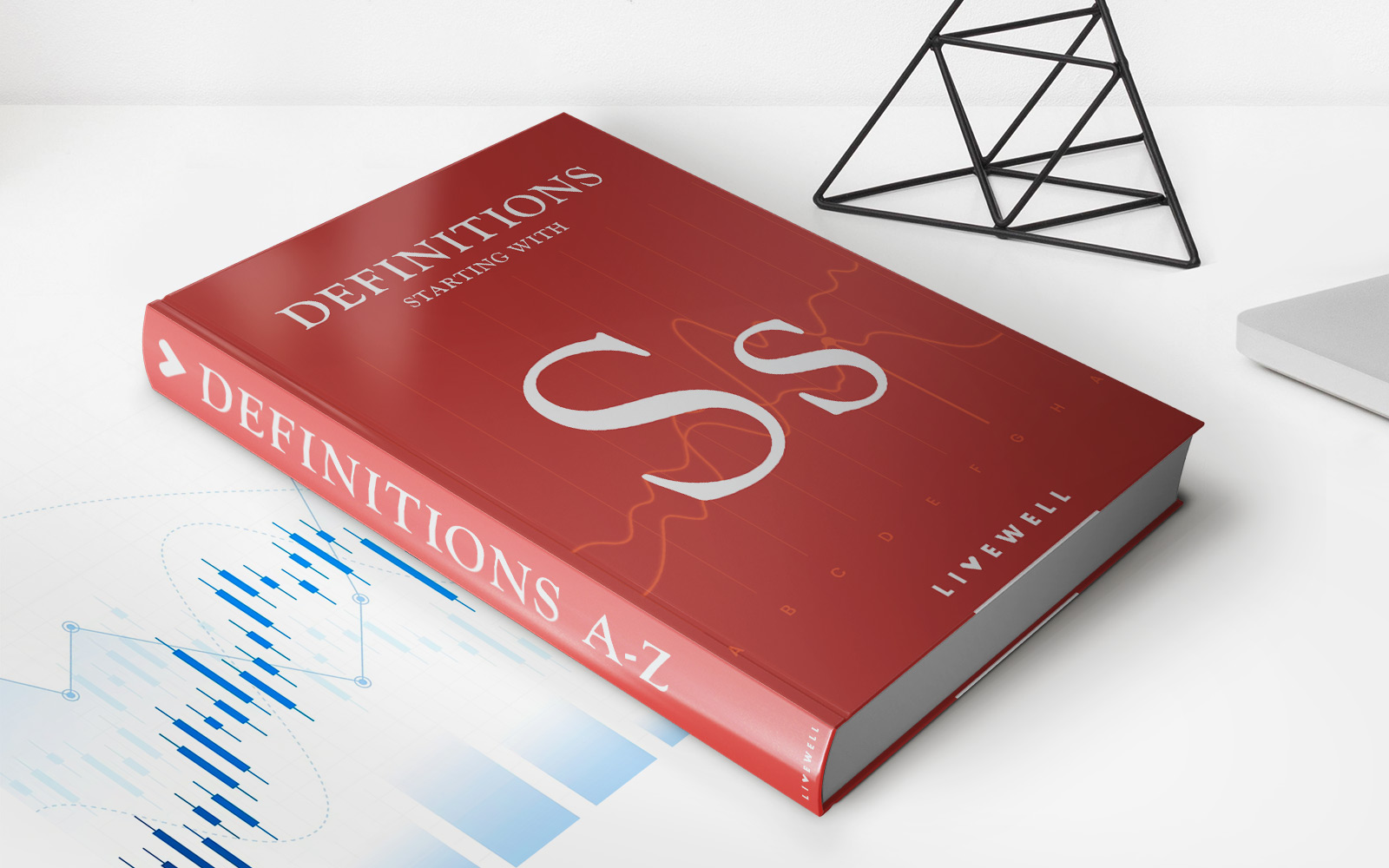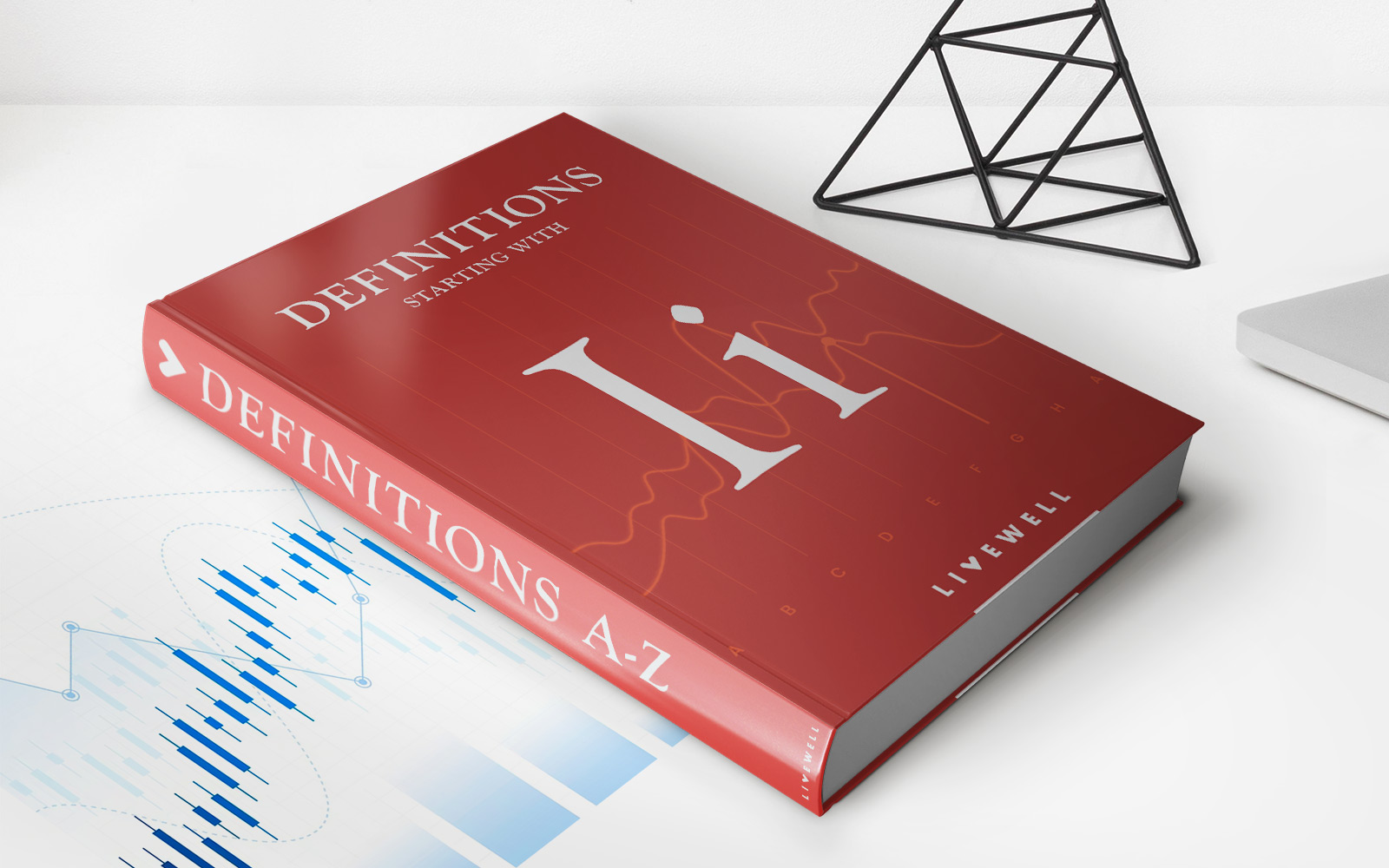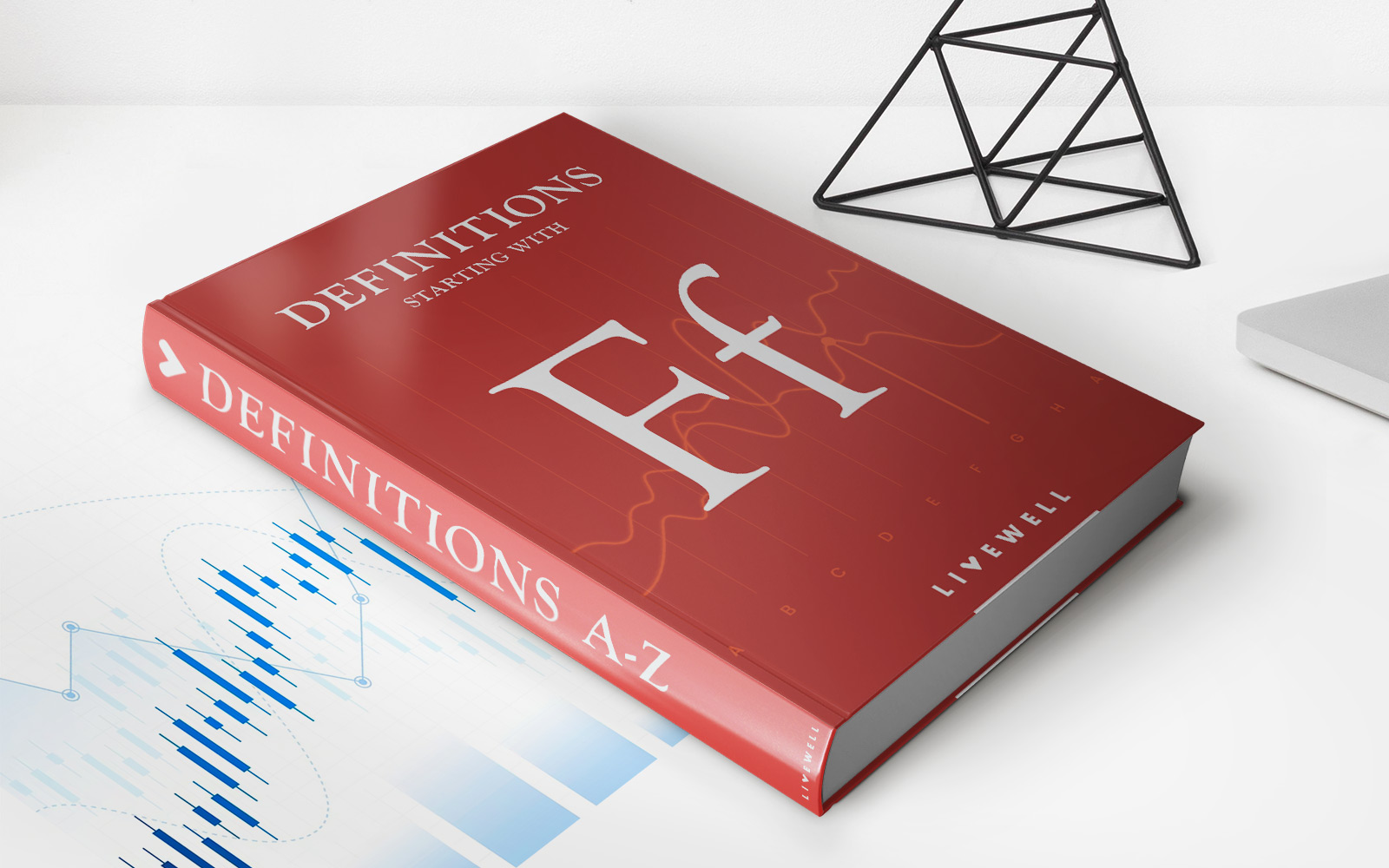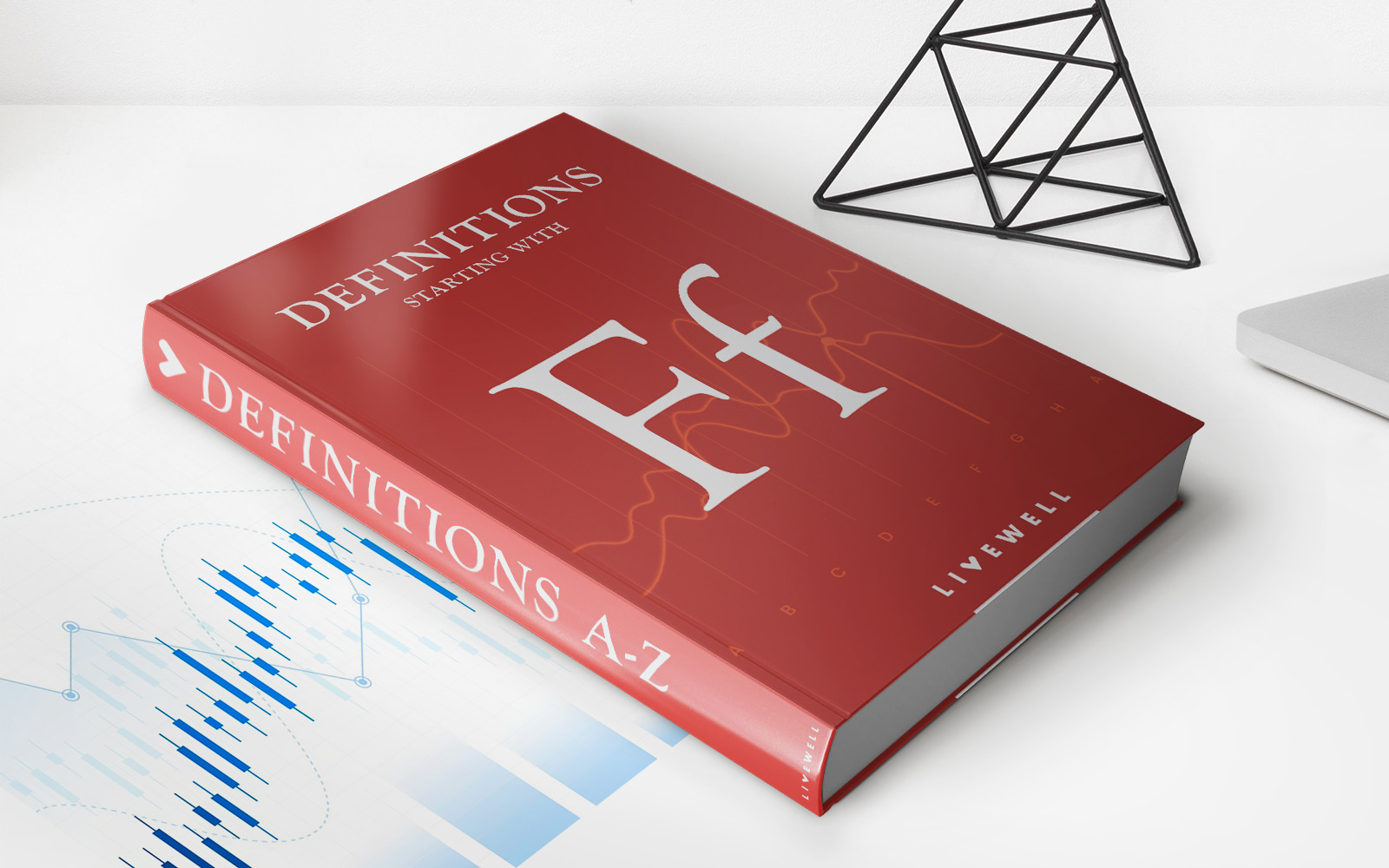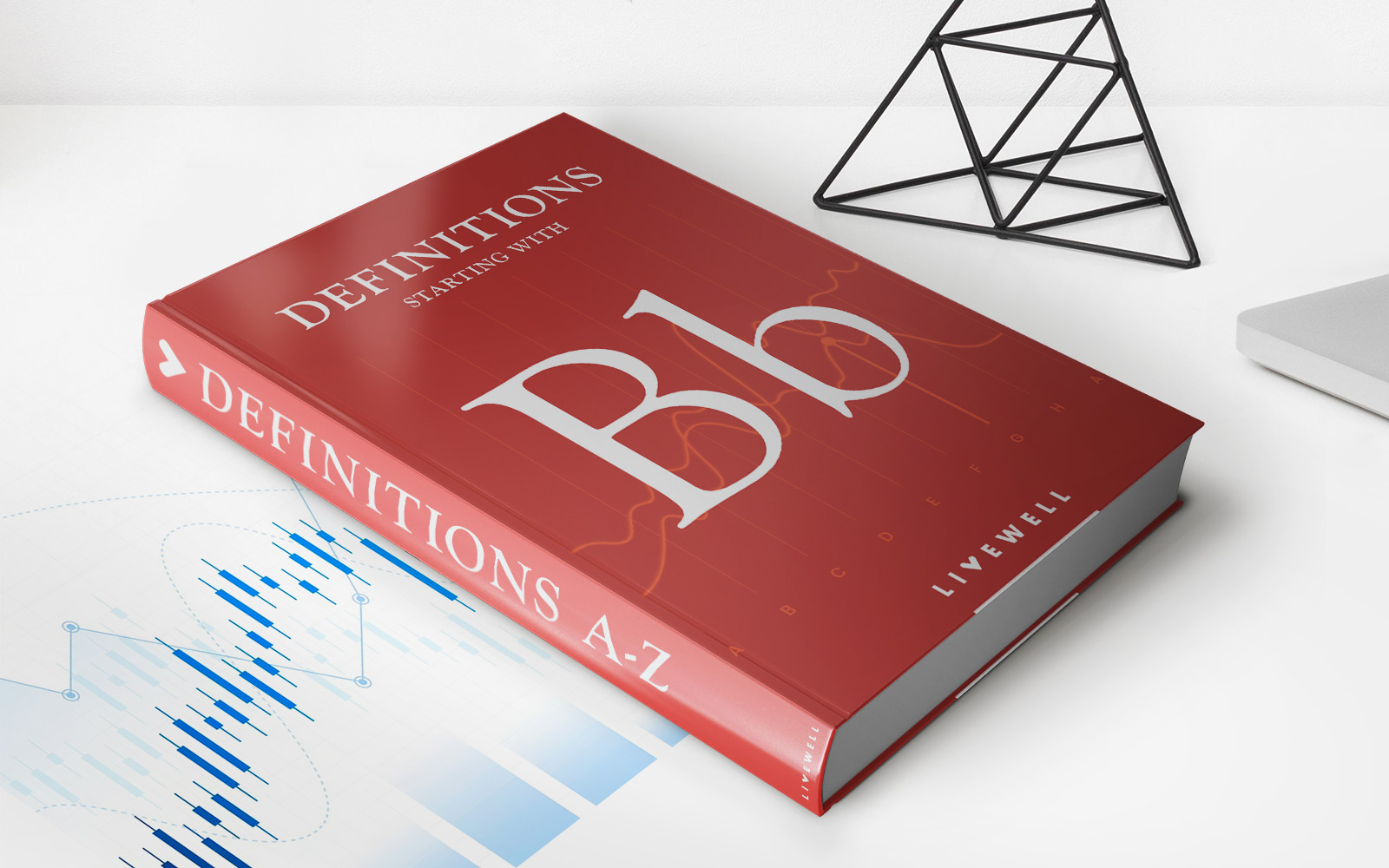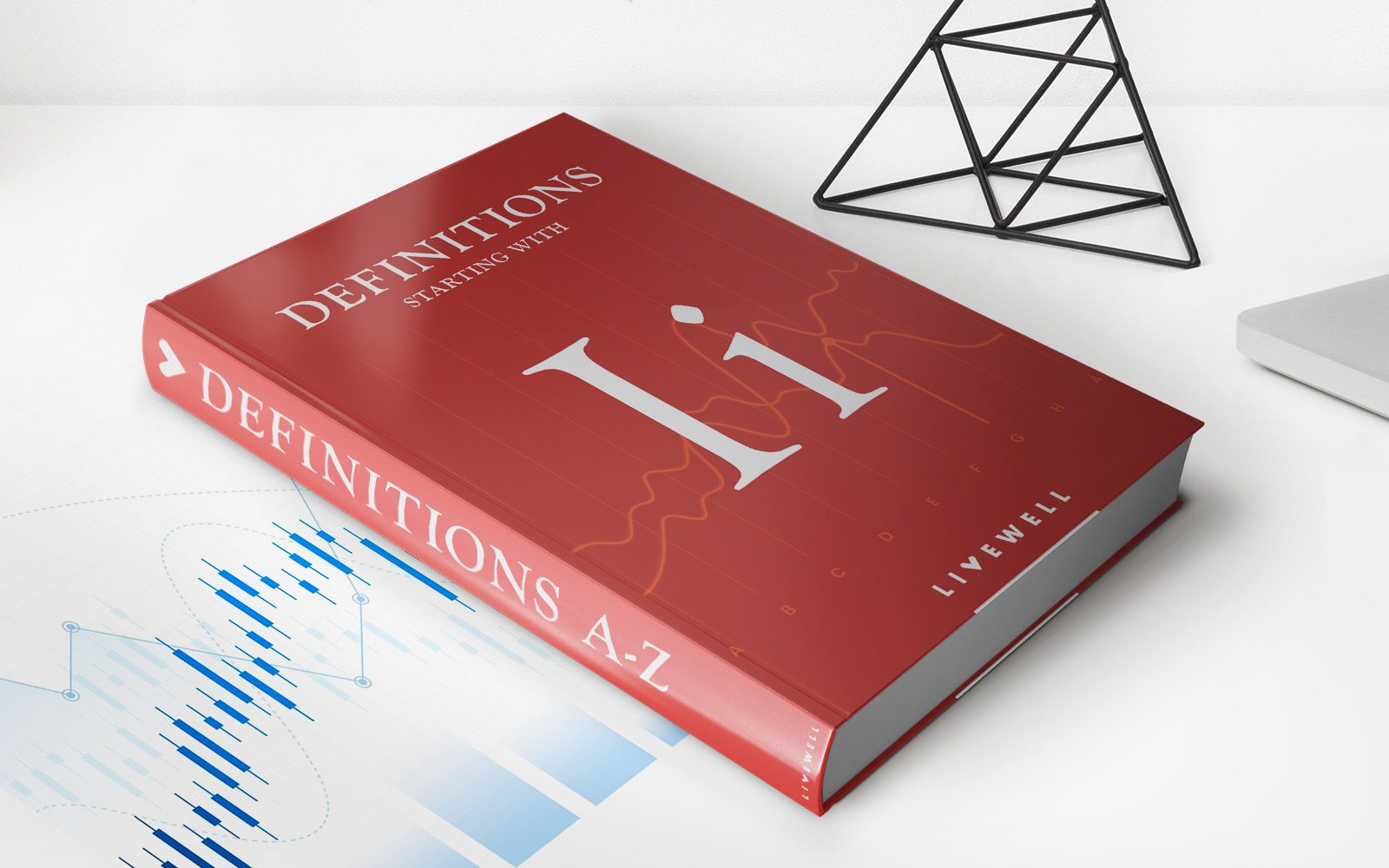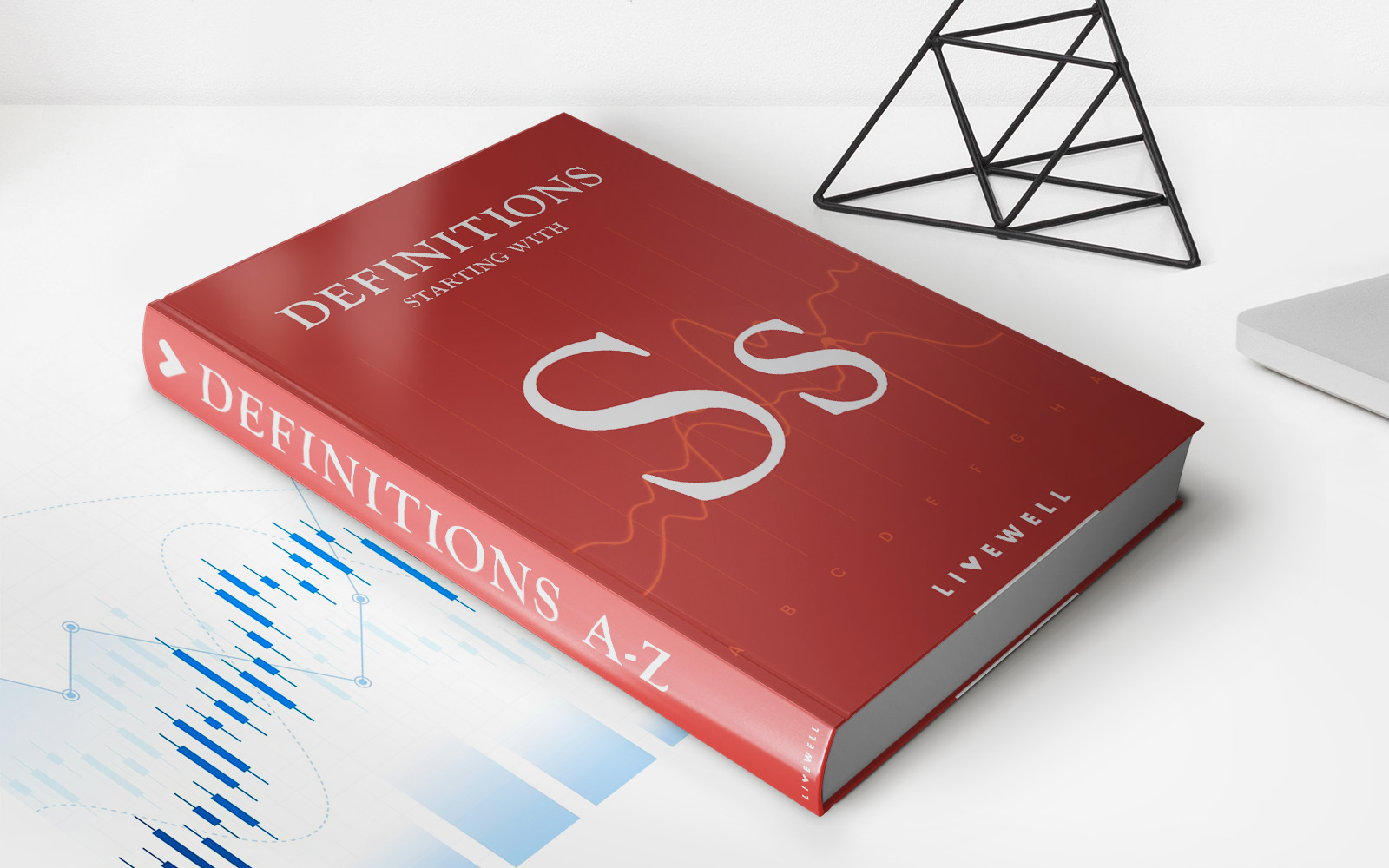Home>Finance>Disposition: Definition, How It Works In Investing, And Example
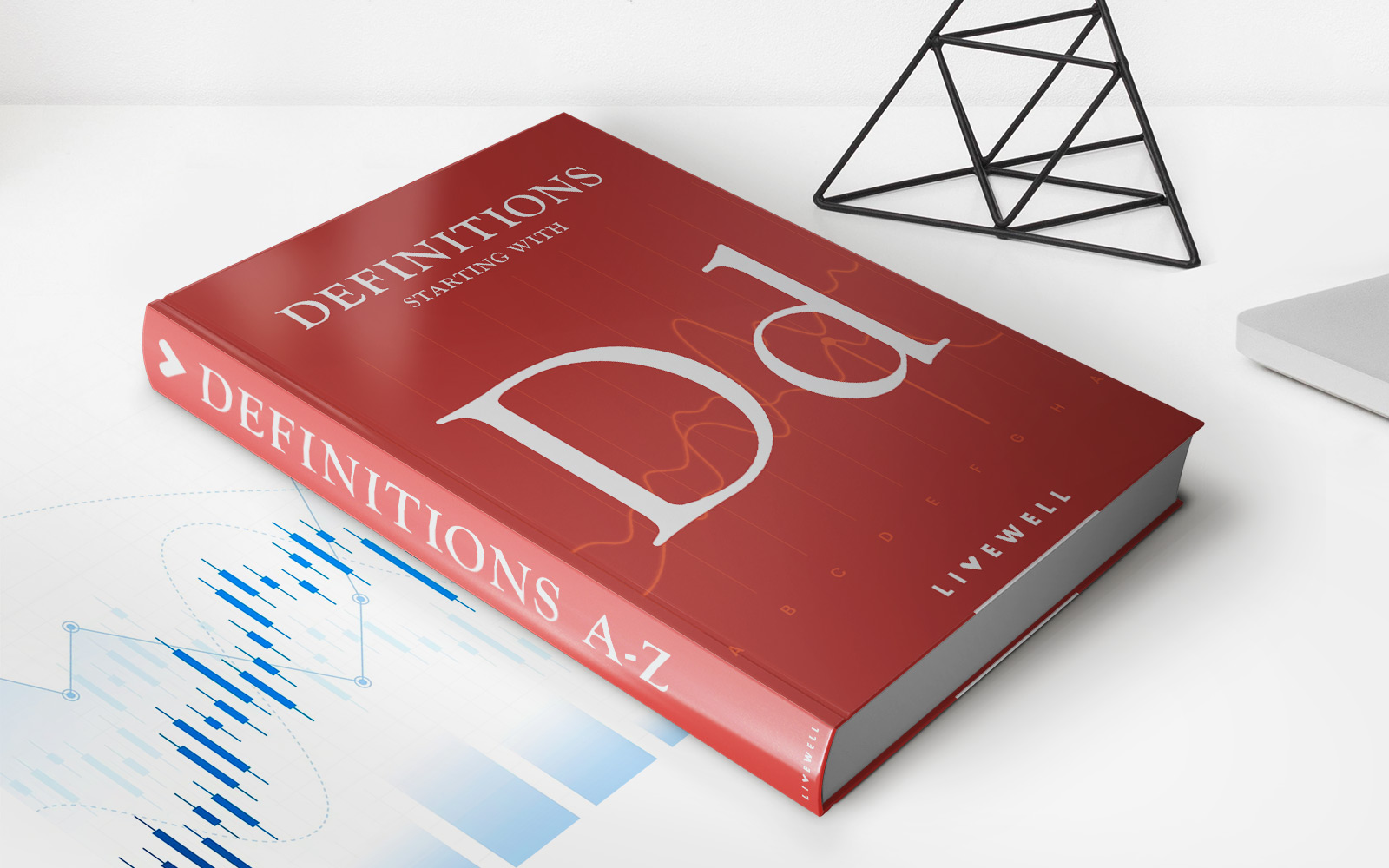

Finance
Disposition: Definition, How It Works In Investing, And Example
Published: November 12, 2023
Learn the definition and workings of disposition in finance. Discover how this concept is applied in investing, and get an example to understand it better.
(Many of the links in this article redirect to a specific reviewed product. Your purchase of these products through affiliate links helps to generate commission for LiveWell, at no extra cost. Learn more)
The Art of Disposition in Investing
When it comes to investing, there are numerous strategies that investors employ to maximize their returns. One such strategy is called disposition. In this article, we will explore the definition of disposition, how it works in investing, and provide an example to help you understand this concept better.
Key Takeaways
- Disposition, in the context of investing, refers to the act of selling or liquidating an investment.
- Investors use disposition as a tool to optimize their portfolios by capturing profits or cutting losses.
Definition of Disposition
Disposition, in the context of investing, refers to the act of selling or liquidating an investment. It involves making a conscious decision to exit a position, whether it is a stock, bond, real estate property, or any other financial asset. Disposition is an integral part of portfolio management and is driven by various factors, including financial goals, risk tolerance, market conditions, and individual circumstances.
How Disposition Works in Investing
Investors use disposition as a tool to optimize their portfolios and capture profits or cut losses. Here’s how the process works:
- Evaluation: Investors continuously evaluate their investments to assess their performance and determine whether they meet their investment objectives. Factors such as financial analysis, market trends, and future prospects are taken into consideration during this evaluation process.
- Decision Making: Based on the evaluation, investors decide whether to hold onto, buy more, or sell the investment. If the investment has reached its target price or has not performed as expected, investors may choose to dispose of it.
- Execution: Once the decision to dispose of the investment is made, investors execute the transaction through a brokerage account or a financial institution. The assets are sold, and the proceeds are either reinvested or kept in cash.
Example of Disposition in Investing
Let’s say you invested in a tech company’s stock a few years ago. Over time, the stock has performed exceptionally well, and it has reached your target price. After careful evaluation of the stock and considering market conditions, you decide to dispose of the investment. You sell the shares, realizing a profit and freeing up capital to invest in other opportunities or to meet other financial goals.
Understanding the concept of disposition is essential for investors as it allows them to make strategic decisions regarding their investments. By evaluating their investments, making informed decisions, and executing those decisions effectively, investors can harness the power of disposition to drive their financial success.
